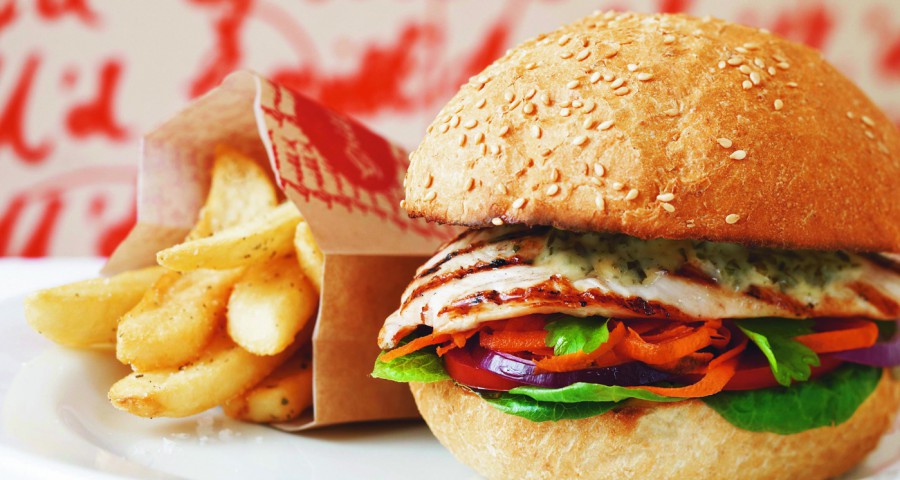Reinventing the fast food industry as we know it

In the past decade or so, the term foodie has really gained momentum. It could even now be thought of as a badge of honour of sorts – one in which changes the way that the wearer eats. Foodie culture has become a fad that has revolutionised the way that individuals talk about, think about and even perceive food. In this day in age in order to enjoy a food item, the consumer must identify with it in some way.
As the wave of foodie culture continues to barrel over the world, interesting data sparks confusion when it reveals that 8 out of 10 consumers still ‘indulge’ (if you can even call it that) in fast food. That is, according to a recent Gallop Poll. This makes it a little more difficult to establish a line between foodie culture shock and the traditional modernist production method of quick-serve eateries.
It becomes a question then of whether or not consumers really care about the food that they are eating, or if they are just catching a brief ride on the foodie wave. The inherent difference between foodie foods and fast food foods, is health.
Think about how you feel when you eat a big greasy fast food burger, do you feel good? Do you feel healthy? Do you feel like you could go out and run a marathon, or like you want to? Odds are your answer is “goodness no!” Historical feelings associated with fast food are generally that of guilt, displeasure, regret and even shame. Feelings associated with foodie foods are that of pride, gloat and even empowerment. So, could there be some common ground? Could the fast food industry take some lessons from foodie culture to reinvent themselves? Sure they could! The answer – customisation.
Personalisation, customisation and responsibility
When it comes to ways in which the fast food industry could reinvent themselves in order to keep up with the growing foodie fad, personalisation must be considered. That is, referring to leveraging personal touches such as slowing things down a bit, customising and reconfiguring to bring about a more individualised experience, which suits itself to the inside, quick-serve option that fast-food chains give their customers.
Sourcing locally grown ingredients and carrying customised products, give customers something to engage with the worker about. This is fair ground for friendly chitchat that leads to a more open and welcoming acceptance of an organisation. Not only that, but buying and sourcing local lets patrons know that you care about your local economy. It lets them know that you care about them.
Fast food businesses that have personalised their product offering, often source local produce and this helps them to create differentiation at the same time. An example of a product that is sourced locally in Australia and also manufactured locally, are Mountain Harvest’s sweet potato chips. Sweet potato chips are a healthy side option. It may seem counterintuitive, but not only does each chip have a low glycemic index, minimal trans-fats and is gluten-free, they are also rich in vitamin E and beta-carotene. Served with a recommended option of hot chilli mayo, makes it all the more delicious.
Consumers today want to know that their money is going to the greater good. They want to know that the products they buy are from fiscally, environmentally and sustainable, responsible producers and that these producers care about the well-being of their community.
That being said, in order to reinvent the fast food industry, the industry itself needs to look closer at each individual community that it is a part of. From there, they must determine how to customise products and personalise user experience in a way that makes their patrons feel like they are supporting a business that is in itself a part of the community.
Sources:
Sawhney, R. “4 Ways to Fix the Fast Food Industry.” Fast Company (website). Retrieved from http://www.fastcodesign.com/3023505/4-ways-to-fix-the-fast-food-industry.